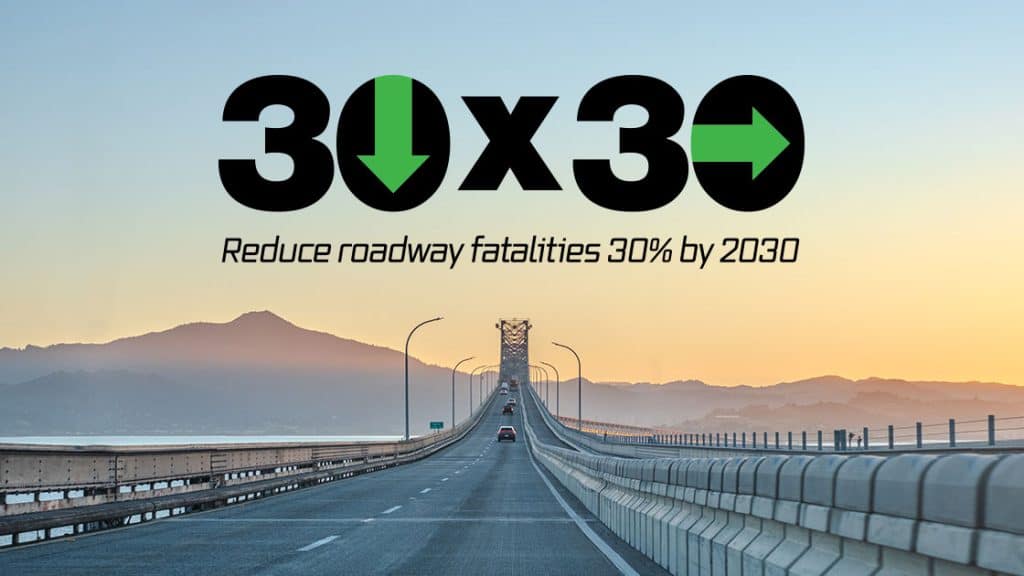
To set a more achievable target, IIHS-HLDI is advocating for “30×30”—a 30% reduction in traffic deaths by 2030. Harkey pointed out that other high-income countries have significantly lower fatality rates than the U.S., demonstrating that such a reduction is attainable with the right policies and enforcement strategies.
Research conducted by IIHS-HLDI indicates that several key policy changes could substantially reduce fatalities. A national speed limit of 65 mph could save nearly 4,000 lives, while universal seat belt use and a lower legal blood alcohol concentration limit of 0.05% could prevent thousands of additional deaths. Other measures, such as expanding red-light camera enforcement, improving pedestrian infrastructure, and mandating helmet laws, would also contribute to the overall reduction.
Acknowledging the political and logistical challenges of sweeping legislative changes, Harkey emphasized the importance of incremental progress. IIHS-HLDI is focusing its efforts on reducing risky driving behaviors, enhancing commercial vehicle safety, and expanding protections for all road users. These initiatives include developing new safety technologies, advocating for infrastructure improvements, and conducting research on vehicle design to improve pedestrian and cyclist safety.
While IIHS-HLDI is committed to leading the charge, Harkey stressed that collaboration among policymakers, law enforcement, vehicle manufacturers, engineers, and public safety officials is essential to achieving 30×30. He called on all stakeholders to join in the effort, positioning the initiative as a crucial step toward the long-term goal of eliminating traffic fatalities entirely.